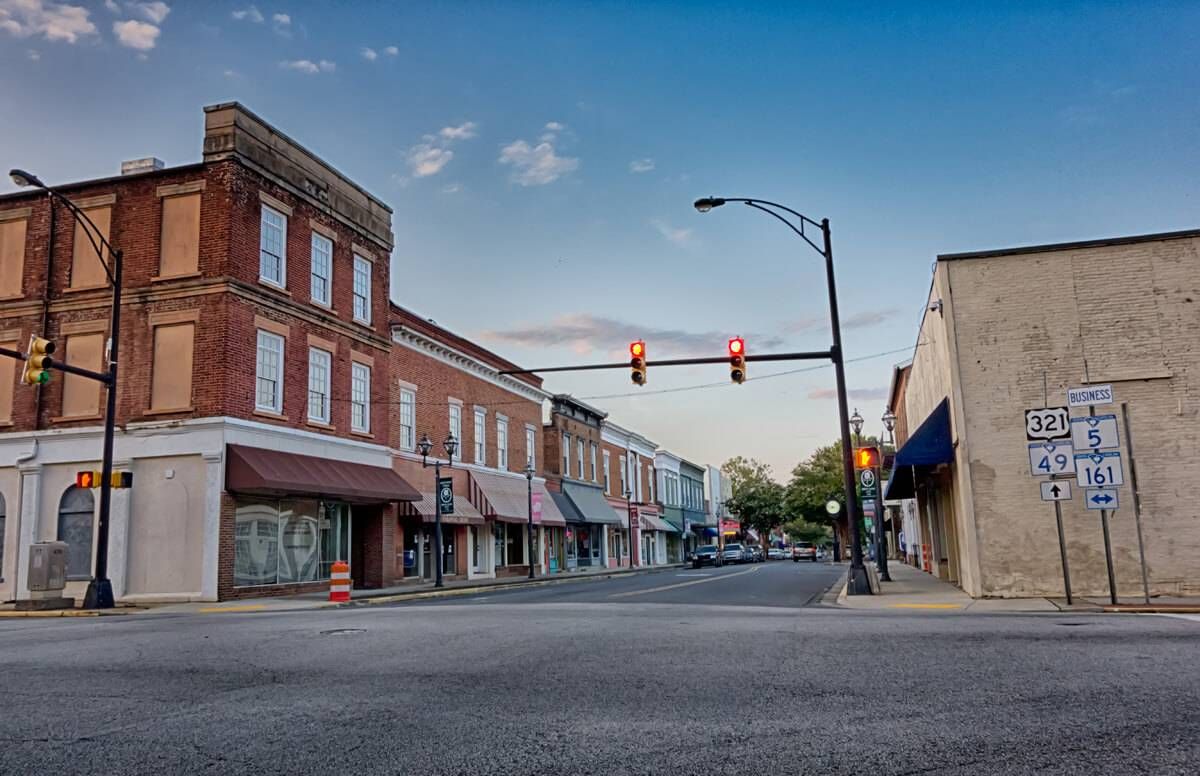The Lack of Workplace Support for Rural Caregivers
Rural caregivers face infrastructure and other challenges
(Editor’s note: This story is part of a special report for The John A. Hartford Foundation.)

Challenges abound for rural residents needing care and their unpaid caregivers. Often, caregivers take loved ones to specialists who are located in remote cities, which can mean spending hours in the car to get to an appointment and taking time off from work. And even for those who can afford paid caregiving help, there are fewer options in rural and remote areas.
A team of researchers from the University of Minnesota recently published research in The Journal of Rural Health showing how different — and difficult — the already-tough landscape can be for a family caregiver based on geography. Carrie Henning-Smith, an assistant professor at the University of Minnesota School of Public Health who led the study, said she and her team surveyed 635 people living in rural and urban communities across the country who both work and care for a loved one. The study, which explored differences in caregiving experiences based on geography, showed that:
- 18 percent of rural caregivers have access to paid leave, compared with 34 percent of urban caregivers
- 15 percent of employed rural caregivers have access to supportive programs, such as employee assistance programs, through their workplace, compared with 26 percent of employed urban caregivers
- Less than 10 percent of rural caregivers are able to work from home or telecommute, compared with 25 percent of urban caregivers
Increased Challenges in Rural America
Many factors play into the results that her team found, Henning-Smith said. For example, the occupational landscape is different.
“In a rural community, certainly not everyone does agriculture, but for people in agriculture and food production or manual labor, you have to show up and be there so that can make working flexibly or remotely more challenging for the jobs where you have to be there,” she said.
Additionally, rural parts of the country may be suffering from economic factors that are less pronounced in cities and suburbs.
Unemployment rates are still much higher; residents have lower median incomes and higher poverty rates. “So rural employees cannot be as choosy about the jobs that they take,” Henning-Smith said. “It’s a real luxury to choose a job based on the benefits available to you — like more paid leave.”
Henning-Smith pointed out that people should not assume that rural environments are less progressive when it comes to flexible workplaces, though.
“One of the key differences is basic infrastructure in the environments — like the ability to work remotely with flexible hours,” she said. “For caregivers, that’s really important, but in rural areas, they’re less likely to have access to broadband internet. I don’t think it’s that rural employers are any stricter than urban — they just don’t have the capacity.”
Solutions for Employers and Employees
Considering there are fewer options in rural communities and people often work for small businesses without a lot of support from an HR department, what might a rural worker do to advocate for better workplace policies for caregivers?
Henning-Smith said that there are solutions. For example, she notes that research has shown people are not always aware of the services that are available to them in their workplace — for example, the ability to work more flexible hours or insurance benefits.
Employers should advertise the benefits they have that their employees don’t know about. They might also consider offering an internal affinity or support group for caregivers where those employees can meet outside of work.
Henning-Smith stresses the importance of workplace supports for rural family caregivers. Although she didn't want to put the onus on already-stressed out caregivers, she suggested they talk to their bosses about their caregiving responsibilities.
“Often it can help to just go to an employer and explain the situation and how it affects your life. That’s easier for some than others, because some employees don’t have a lot of power and feel vulnerable. But often, it’s a helpful thing to do,” she said.
Sometimes an employer can offer something as simple as a quiet, private room where people can make phone calls to juggle doctor’s appointments or flexibility in break times to handle the logistical issues that often haunt caregivers.
However, challenges will continue to grow for unpaid caregivers in rural settings, Henning-Smith points out, as the rural population grows older and younger residents move to urban areas.
"With fewer younger people in rural areas to provide the care, we’re moving to a crisis point." she said. "It’s unclear to me about how care needs are going to be met in the future."

The John A. Hartford Foundation is a private, nonpartisan, national philanthropy dedicated to improving the care of older adults. The leader in the field of aging and health, the Foundation has three priority areas: creating age-friendly health systems, supporting family caregivers, and improving serious illness and end-of-life care.

